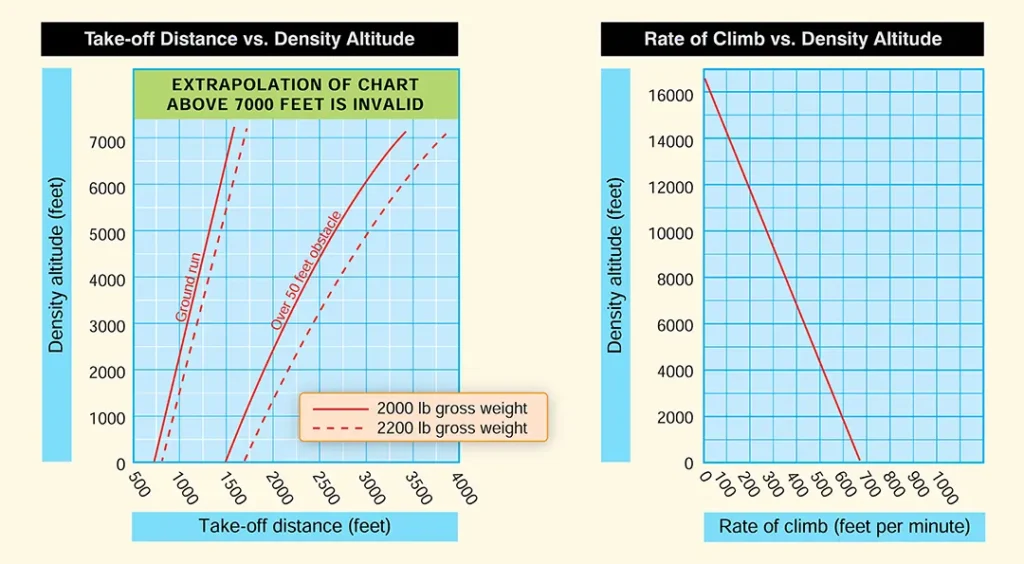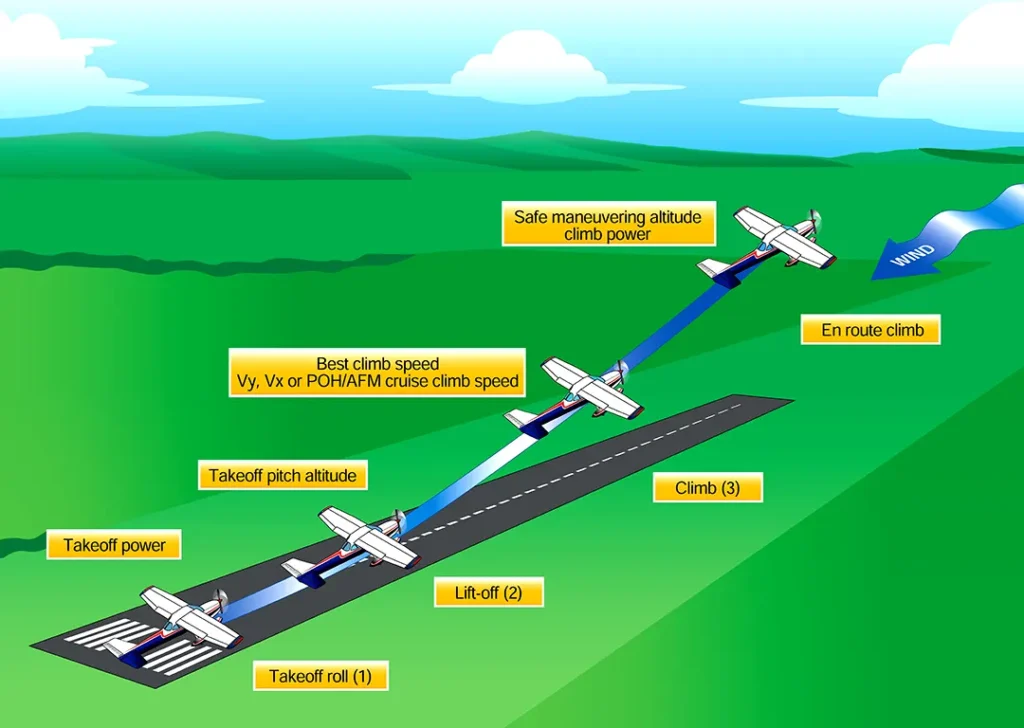Airplane Soft/Rough-Field Takeoff and Climb
Airplane Flying, Flying TrainingTakeoffs and climbs from soft fields require the use of operational techniques for getting the airplane airborne as quickly as possible to eliminate the drag caused by tall grass, soft sand, mud, and snow and may require climbing over an obstacle. The technique makes judicious use of ground effect to reduce landing gear drag and […]










